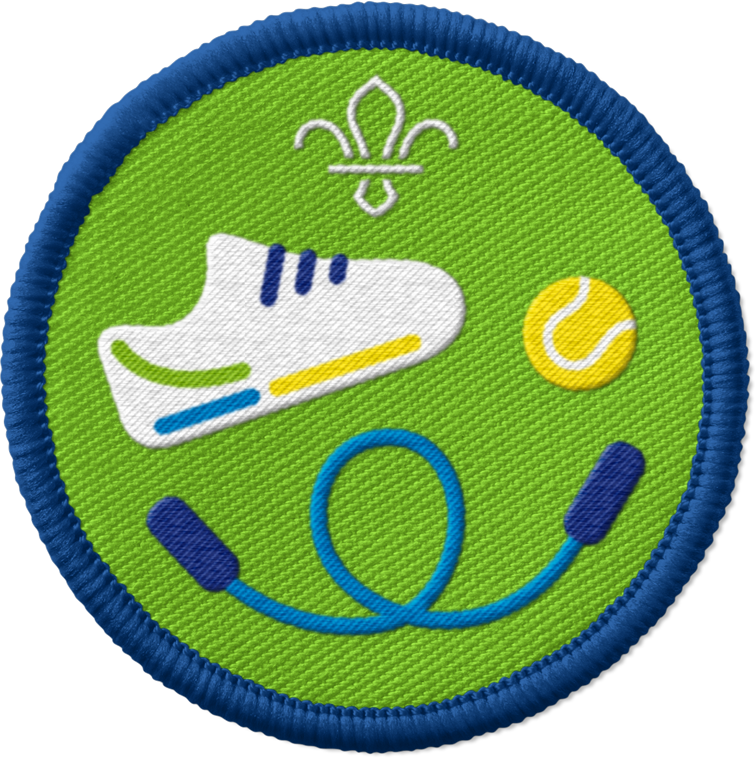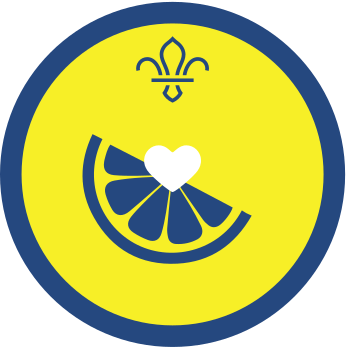
Waggle dancing
You’ll need
- Pens or pencils
- Scrap paper
- Device to play Rimsky-Korsakov’s Flight of the Bumblebee
- 12 different coloured plant pots
- 12 images of different coloured flowers

Notice how nature appears in songs and stories, poems, and art, and celebrate the mystery, signs, and cycles of nature.
Before you begin
- Print or draw 12 different coloured flowers on separate pieces of paper.
- Place each flower image underneath a plant pot of a different colour.
For example, a yellow flower image should be placed underneath a plant pot of any colour apart from yellow.
- If you’ve got a large group, prepare extra plant pots and flower images so that you can split into smaller teams for the game.
Pre-flight
- Everyone should gather together and sit or stand comfortably.
- The person leading the activity should explain that nature can make people feel different things; they can express this through songs, dance, and art.
- Everyone should close their eyes and listen to Rimsky-Korsakov's Flight of the Bumblebee.
- Everyone should guess which animal the song was about. What might the animal have been doing?
- Once someone guesses correctly (or everyone’s had a turn to guess), the person leading the game should explain the correct answer. They should explain how bees use a dance known as a waggle dance to tell other bees where they can find food.
Get ready to waggle
- The group should work together to come up with a non-verbal communication method so they can pass on messages about directions and the colours of the flowers under the pots.
They’ll need a signal for directions and descriptions like north, east, south, west, close, middle, and far, as well as for colours like red, blue, green, yellow, and so on. They could use hand signals for the compass points and dance moves for locations in the room or colours, for example.
- Everyone should stand in a line.
- The first person in the line should choose a plant pot, look at the flower card underneath, and use the signals they agreed to send the next person to a plant pot that’s the same colour as the flower.
For example, if they find a purple flower underneath the pot, they should send the next person to a purple pot.
- Once the next person has reached the right pot, they should look at the flower underneath and send the next person in line towards a plant pot of that colour.
- Everyone should keep playing until they’ve all had a turn.
Reflection
Go outside and see if anyone can spot any bees. Watch them carefully. Ask the group to think about where they’re going, what they might be doing, and if they might do a waggle dance.
Ask everyone to think about other ways people communicate with each other without words. People could suggest facial expressions, hugs, or codes like semaphore or Morse code.
Safety
All activities must be safely managed. You must complete a thorough risk assessment and take appropriate steps to reduce risk. Use the safety checklist to help you plan and risk assess your activity. Always get approval for the activity, and have suitable supervision and an InTouch process.
- Active games
The game area should be free of hazards. Explain the rules of the game clearly and have a clear way to communicate that the game must stop when needed. Take a look at our guidance on running active games safely.
- Animals and insects
Be aware of the risks before interacting with animals. Be aware of anyone with allergies, and make alternative arrangements for them.
- To make the activity easier, reduce the number of different coloured flowers.
- To make the activity harder, increase the number of different coloured flowers or include different shades of the same colour to add another layer of communication.
If visual signals don’t work for everyone in your group, you could create sound based verbal signals – like humming, screaming, saying words like boo, or rolling your tongue. You could put the flowers and pots on tables if some people will struggle to reach them on the floor.
All Scout activities should be inclusive and accessible.

